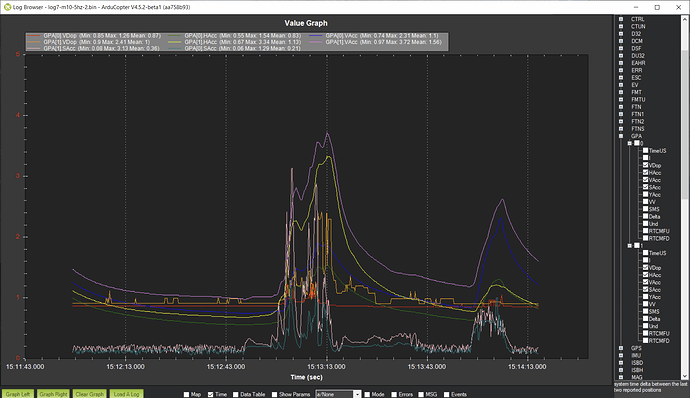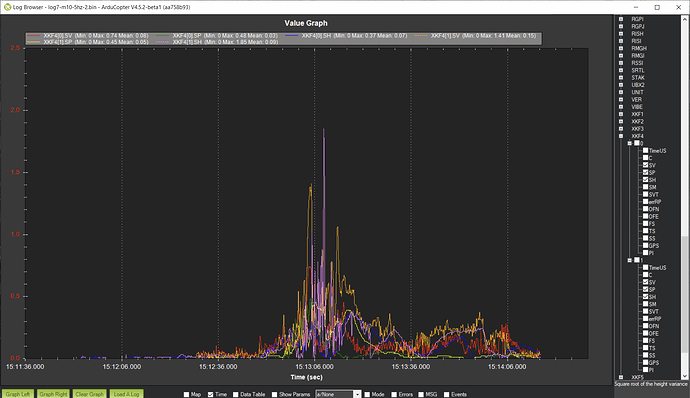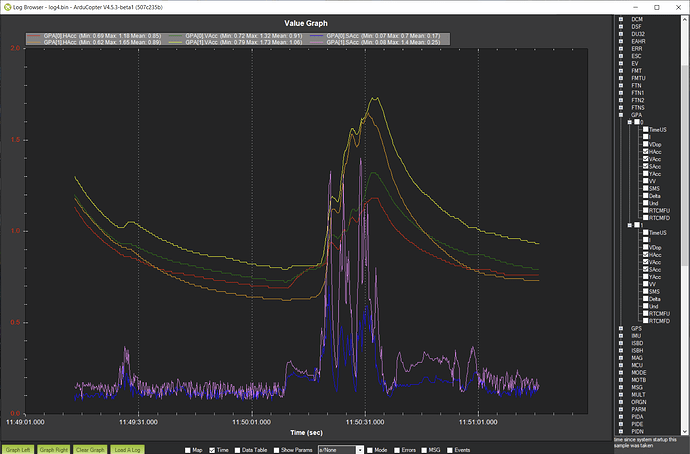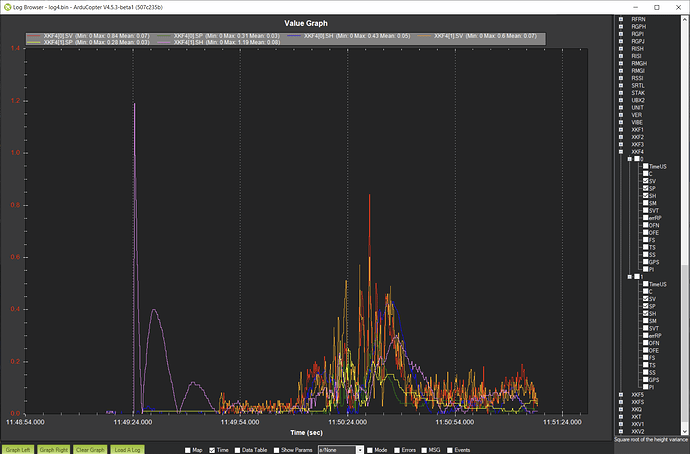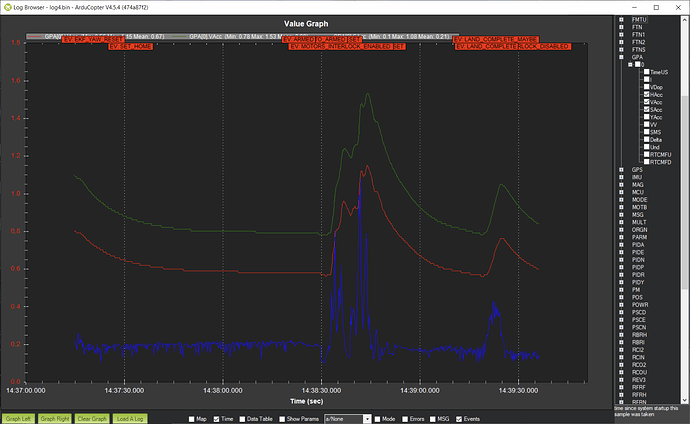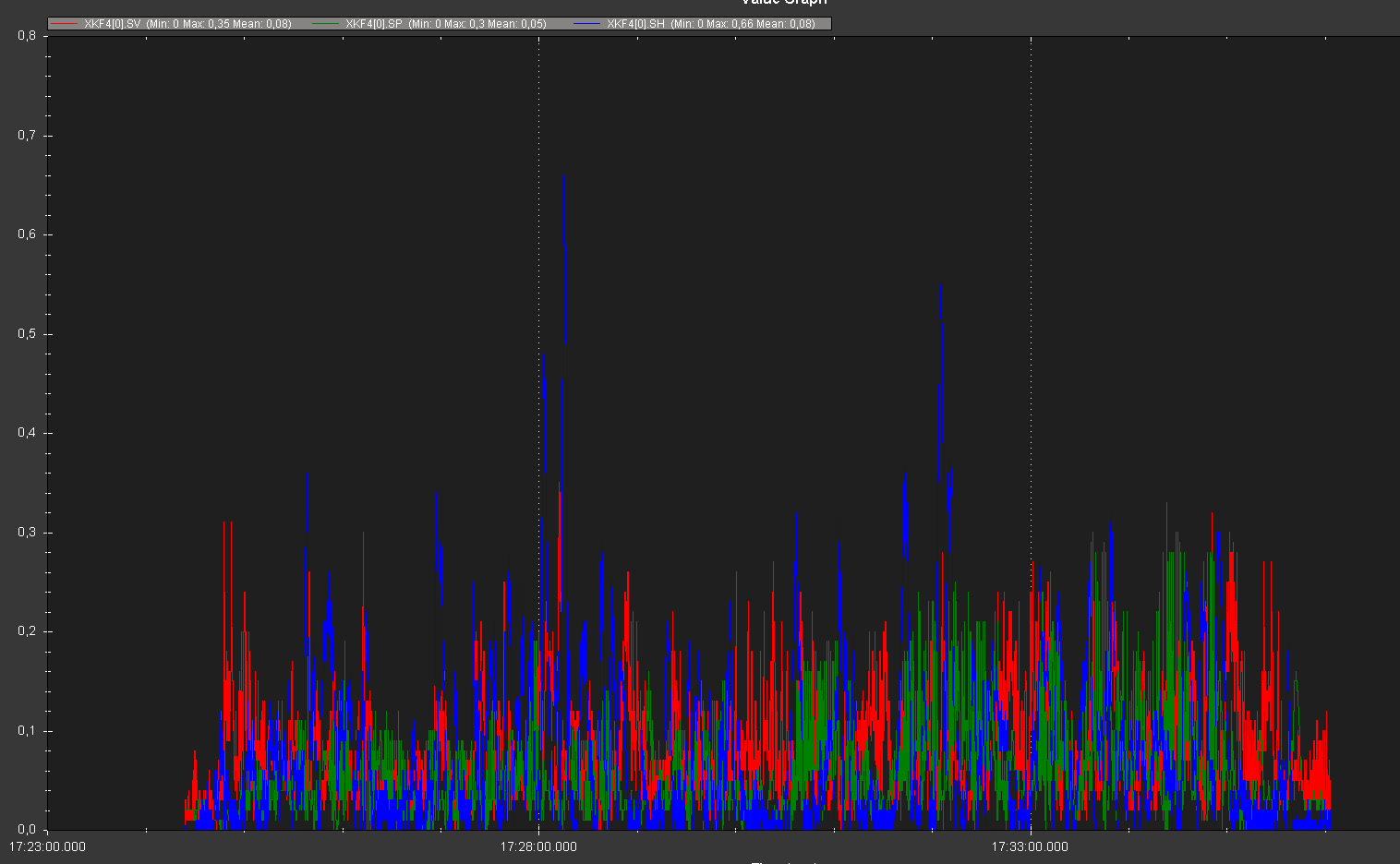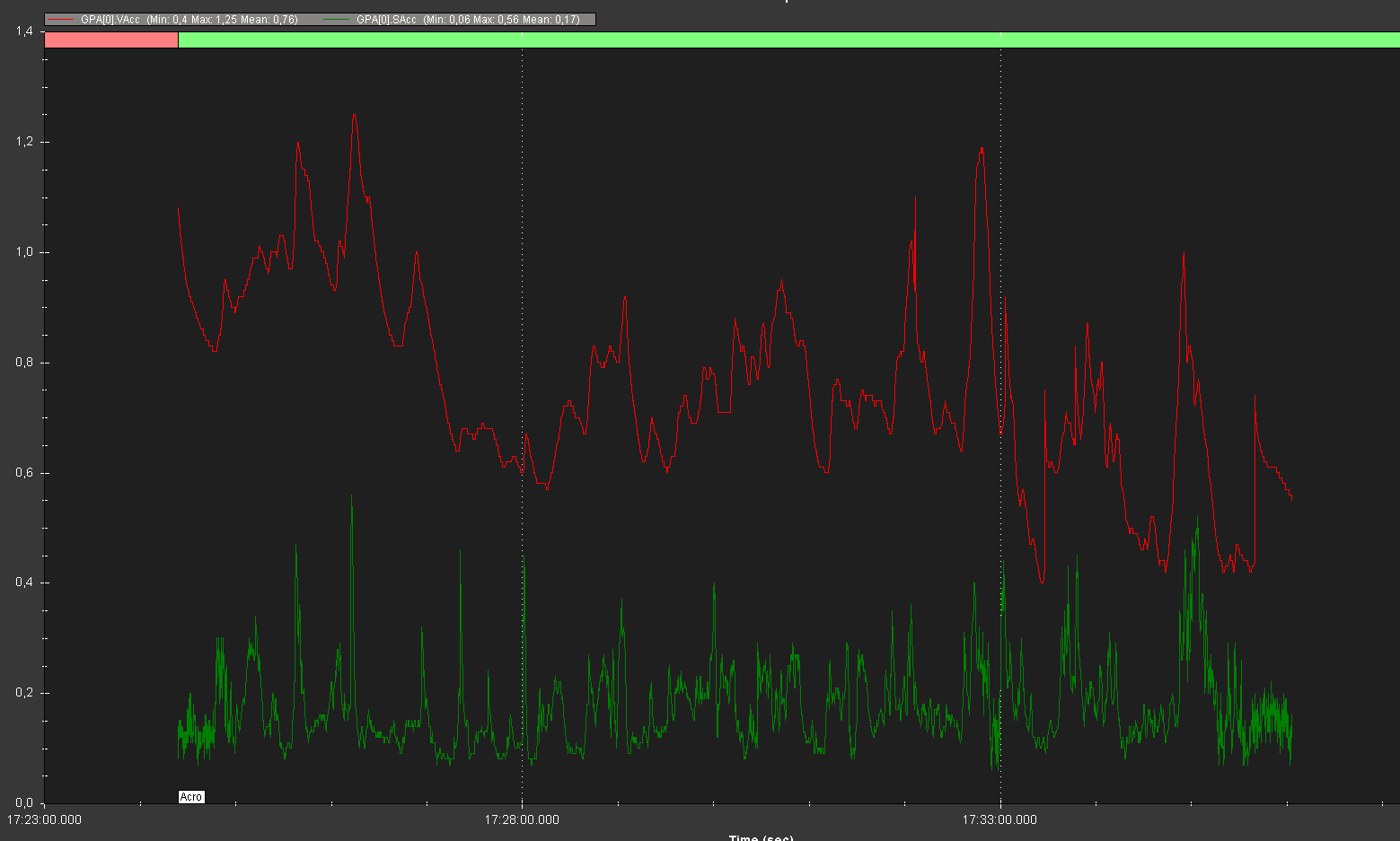The Great GPS Showdown: Speed, Precision, and a Few Surprises
Welcome back, tech adventurers! Today, we’re diving deep into the world of GPS modules for drones, where size, speed, and accuracy are the name of the game. If you’ve ever felt the thrill of hitting return-to-launch (RTL) while zipping through the skies in acro mode, you know just how important reliable GPS data is. We’re here to see which of these little satellite-guiding marvels comes out on top when put through their paces on a high-speed drone.
The Challenge
The mission was simple: find out which GPS units could keep up with a high-speed drone in acro mode while maintaining accuracy during RTL and autonomous missions. I wanted to avoid those “oh-no” moments where you lose the radio link, and the drone spirals into oblivion. Instead, I needed GPS reliability to make my flying experience as carefree and fun as possible.
The Contenders
In this corner, we have the Matek M10Q—a solid, reliable choice that has served me well in the past. And in the other corner, representing the new breed of compact GPS modules, we have the Holybro M10 Micro, M9N Micro, and the heavy-hitter, F9P. These contenders will be judged on their ability to handle high-speed auto missions and how well they maintain accuracy when the drone is pulling some serious Gs.
But first, let’s set the stage. The mission? Fast auto-flights around a box pattern, pushing the GPS modules to their limits with sharp turns and high accelerations. The goal? To see which of these tiny titans can deliver accurate positioning when you need it most.
The Setup
To make this a fair fight, I tested each GPS in identical conditions, mounted on a small, agile drone. The tests were conducted with a variety of orientations and settings to see if slight tweaks could improve performance. Justin, my 3D-printing wizard friend, provided custom GPS mounts to allow for different orientations, making sure we left no stone unturned.
GPS Units Tested:
- Matek M10Q (our baseline)
- Holybro M10 Micro
- Holybro M9N Micro
- Holybro F9P (a more expensive model, bringing in RTK support)
Flight Patterns and Graphs
Each GPS module was tested by flying a series of fast auto missions in different weather conditions, attempting to reach speeds where the acceleration exceeded the magical 4G limit. This limit is crucial because most GPS modules use a kinematic model for their estimations, and anything beyond 4Gs can start to challenge their accuracy.
Here’s where the fun begins: analyzing the data! You’ll see graphs showcasing various metrics such as velocity, position, and height innovations, along with speed and vertical accuracy. These visuals will highlight the performance differences between each GPS module during the high-speed maneuvers.
The Results: Who Can Keep Up?
Round 1: Matek M10Q vs. Holybro M10 Micro
Let’s start with the Matek M10Q, our reliable veteran. It performed admirably, maintaining reasonable accuracy under high G-forces. But, when we swapped in the Holybro M10 Micro, we noticed some pretty significant improvements. The M10 Micro handled velocity innovations better, keeping them below critical thresholds, which is vital for the EKF (Extended Kalman Filter) to maintain a stable position estimate.
Round 2: Holybro M10 Micro vs. M9N Micro
Next, the M10 Micro faced off against the slightly older M9N Micro. While the M9N Micro was no slouch, the M10 Micro’s newer chipset gave it a slight edge. It consistently provided better height accuracy, which is crucial when relying on the GPS for altitude estimation instead of a barometer—especially in dynamic flight scenarios.
Round 3: The Big One – Holybro F9P
Finally, we pitted the M10 Micro against the more expensive F9P. This GPS comes with a helical antenna and RTK support (though we didn’t test the RTK capabilities in this round). The F9P showed impressive accuracy, particularly in the number of satellites it could lock onto, but it wasn’t a night-and-day difference from the M10 Micro. Given that the F9P is six times more expensive, its performance was slightly better, but not enough to justify the price difference for non-RTK applications.
The Verdict: Small, Mighty, and Just Right
So, what did we learn? The Matek M10Q is still a solid option, but if you’re looking for the best bang for your buck, the Holybro M10 Micro takes the crown. It provided the best balance of accuracy, size, and performance, handling high-speed maneuvers with aplomb.
For those with deeper pockets, the F9P is a fantastic piece of kit, particularly if you need RTK capabilities. However, for most hobbyists and even some professional applications, the M10 Micro offers everything you need at a fraction of the cost.
Conclusion: Navigating the Skies with Confidence
In the fast-paced world of drone racing and autonomous flight, having a GPS module you can rely on is crucial. The Holybro M10 Micro emerged as the clear winner, offering high performance in a compact package. Whether you’re carving through the sky in acro mode or relying on RTL to bring your drone home, this GPS has got your back.
I’d like to test these GPS modules in even more extreme conditions, perhaps by involving RTK - until then, keep your drones in the air and your GPS signals strong! Happy flying!

